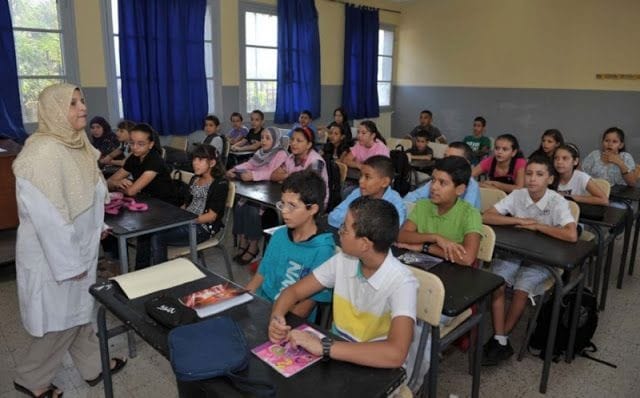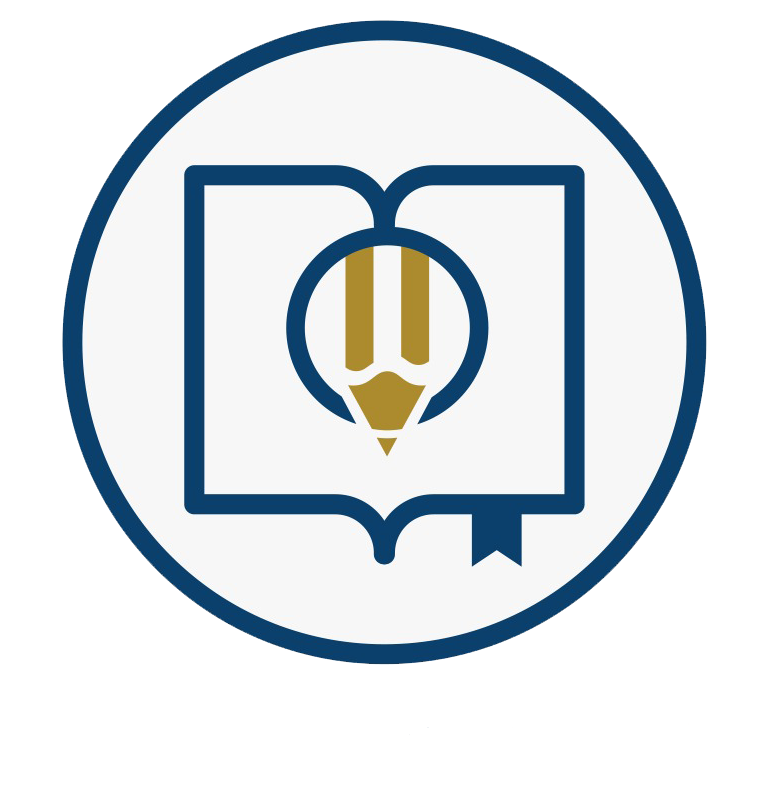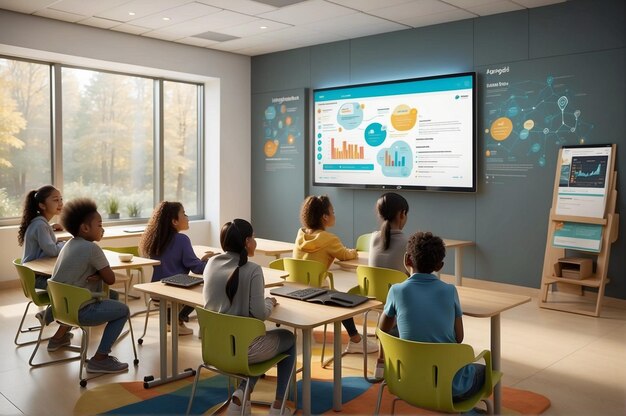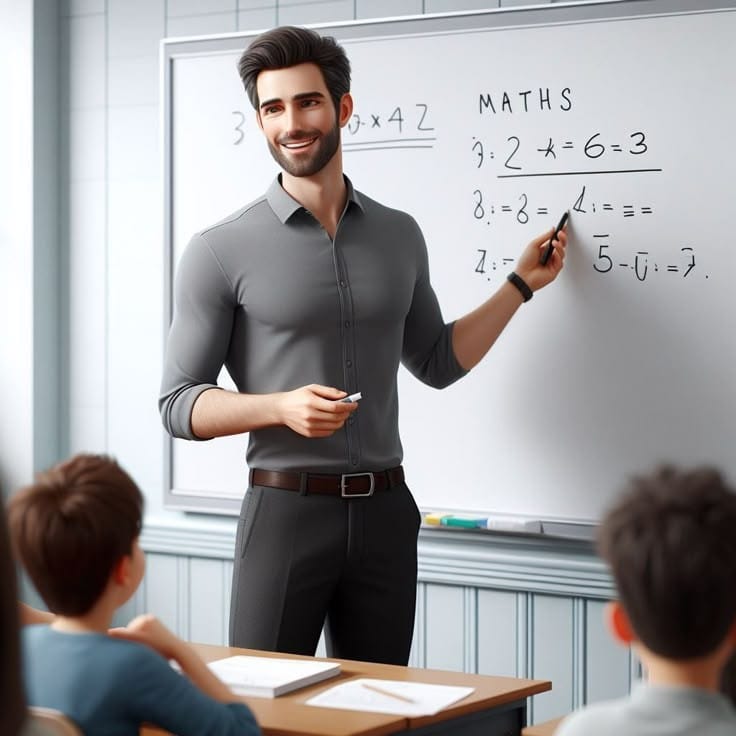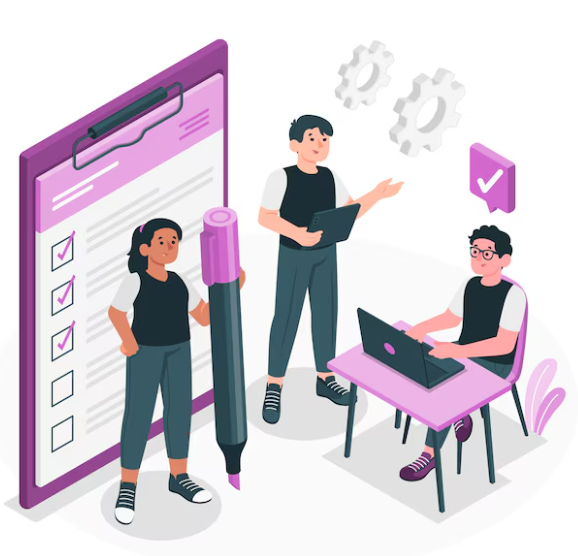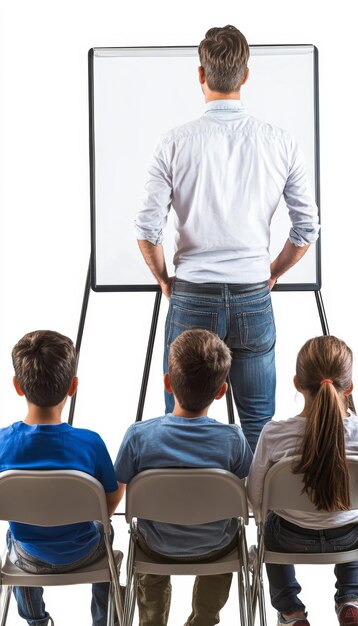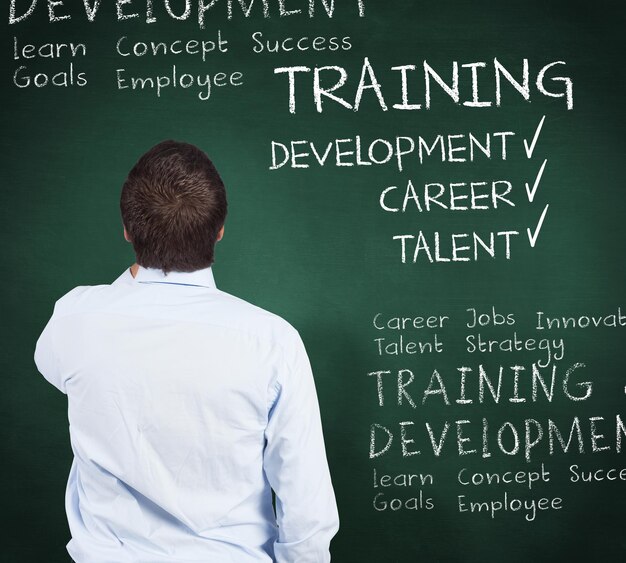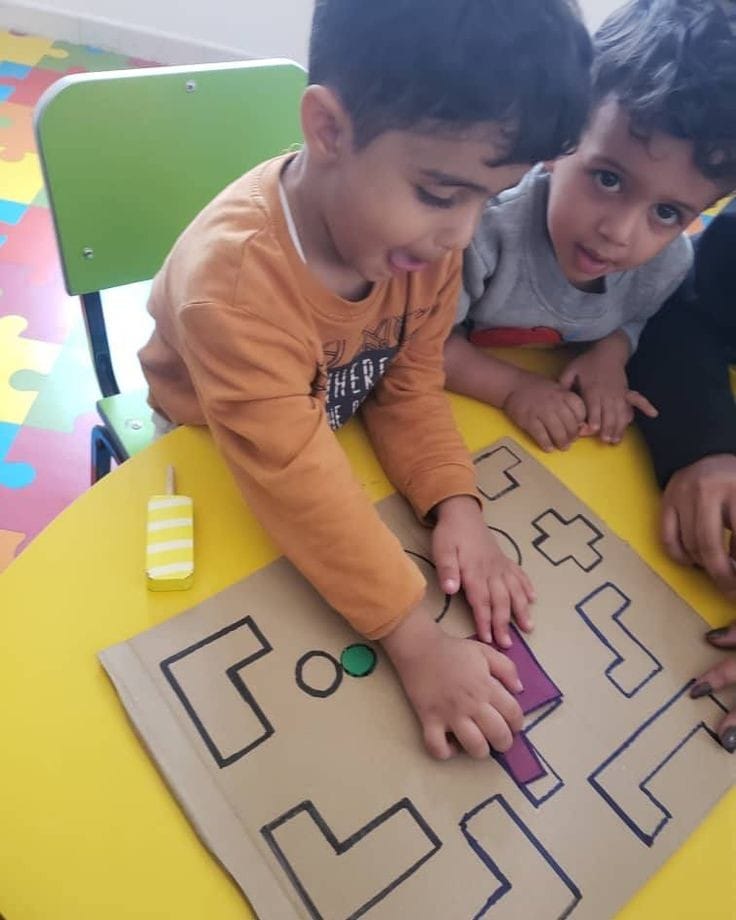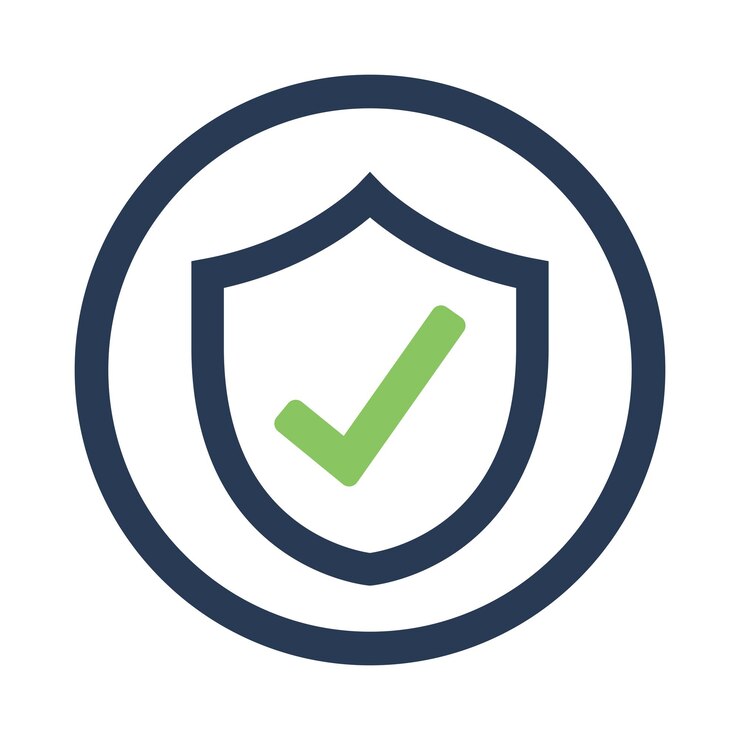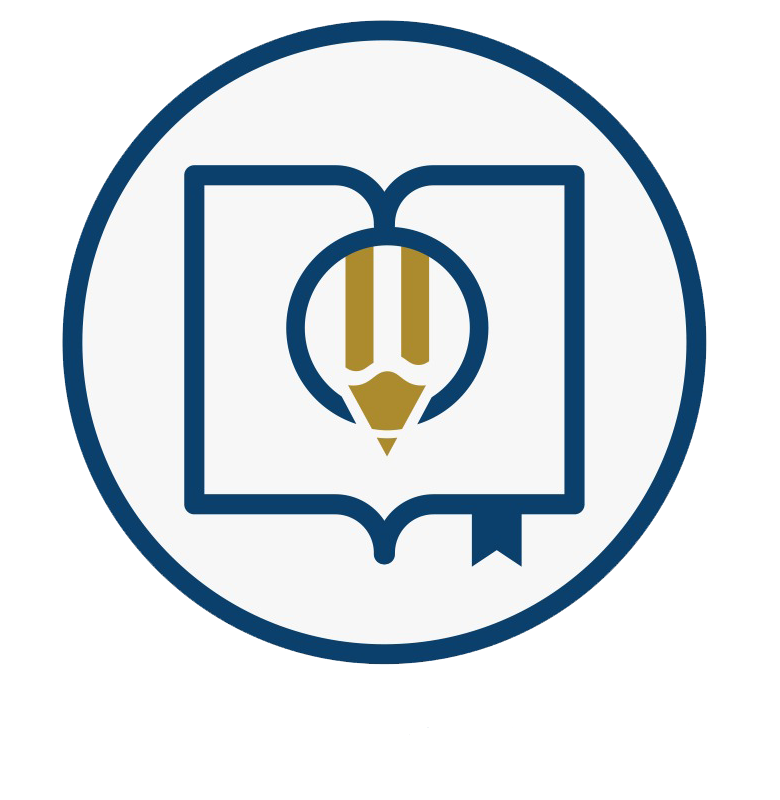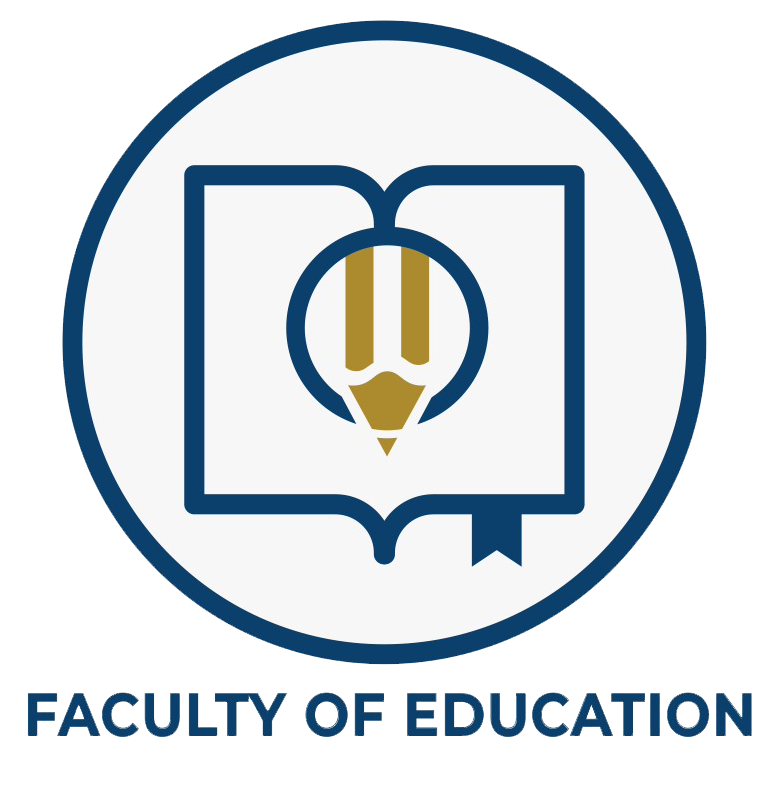Rights and duties of the student/teacher, and the role of both the school principal and supervisor during the field training period
The success of any work is directly related to the mental image of this work among those in charge of it. Therefore, it is of utmost importance for the student/teacher to know his rights and duties during the field training period, and the role of both the school principal and the supervisor to be able to perform his role effectively and proficiently. The following is a brief presentation of the rights and duties of the student/teacher during the field training period.
Student/Teacher Rights During Field Training:
Your opinion will be taken into account when assigning schools and classes to the greatest extent possible.
You will be treated with respect by the school administration and teachers, just like any other teacher at the school.
Your cooperating teacher will provide you with sufficient information about the students and the school's work system.
You will receive advice and guidance from supervisors in an acceptable manner, free of insults, and in a setting where others are not allowed to hear criticism directed at you.
No one will interfere with the class unless you make an unforgivable mistake.
You will receive objective evaluation from the supervisor, cooperating teacher, and school principal.
You will be informed of the observations recorded by the supervisor on a timely basis, and you have the right to discuss them to gain your perspective.
You will be informed of the evaluation forms against which you are evaluated. The Field Education Office or Field Education Supervisor will inform you of your rights and responsibilities as a trainee.
Student/Teacher Duties and Responsibilities During Field Training:
Know and adhere to the school's rules and regulations.
Be punctual from morning assembly until dismissal.
Familiarize yourself with the school environment in all its aspects.
Prepare the lessons you teach in accordance with your training.
Perform your work with integrity and competence, adhering to professional ethics.
Implement the assigned school schedule and all other tasks assigned to you by the school administration.
Do not use corporal punishment when dealing with students, and implement school regulations to address student problems.
Participate in meetings that the college may hold for field education students.
Utilize the available educational materials and devices at school. Always review guidance bulletins and exam regulations to work accordingly. Accept the opinions of the supervisor and assistant teacher with openness and flexibility.
Cooperate with the school administration and other teachers.
Inform the supervisor or field education office of any problems you encounter.
Use class time to benefit the student.
Implement teaching methods and strategies appropriate to students.
Participate in all educational and learning activities implemented by the school.
Treat students with love, sincerity, and respect. Provide suggestions for developing the field education program for the Field Training Office.
School Principal Duties:
Receiving field training students, introducing them to the school, its classes, laboratories, activity venues, and teachers, each specializing in their field training.
Following up on the distribution of schedules to student teachers, determining their classes and assignments, and ensuring that all students have the opportunity to perform their teaching duties at the school.
Monitoring student attendance on designated field training days.
Creating student attendance records and signing them after ensuring they have been reviewed.
Facilitating access for students/teachers to the laboratories for each subject, including the multimedia lab, and assisting technicians and technology specialists at the school.
Participating in the formative assessment of the student teacher and visiting students in classrooms during field training for guidance and direction.
Participating in the final assessment of the student teacher, allocating 10% of the total grade allocated for field training.
Upon completion of field training, lists of the students' names and grades, the supervisor's grade, and the school principal's grade are sent to the Field Training Office at the College of Education. The lists must be signed and clearly marked with the school's seal.
Sending a comprehensive list of the names of all students in the school in all specializations, along with the name of their supervisor for each specialization.
Field Training Supervisor Duties:
Be present from the moment students arrive at school, meet with the school administration, introduce students to the administration and teachers, and familiarize themselves with the school's work system.
Plan with the school administration regarding the distribution of the class schedule for students and do not leave this to the students.
Ensure that discussion sessions are held with students on all aspects of the lessons, including preparation, presentation, oral questions, teaching aids, and other topics.
Ensure that classes are available for all students weekly and during field training.
Visits students in their classrooms during instruction. These visits are for guidance and counseling, not for fault-finding, especially for third-year field training students.
Field Training Supervisor Duties:
Meet with student teachers at the end of the school day, providing guidance and assistance to overcome any challenges they encounter during the teaching process.
Play an active role in evaluating students' progress in teaching, their personal development, their level of participation in school activities, their readiness to implement and produce educational materials for the school, and their relationship with all those they interact with within the school.
Continuously communicates with the College's Field Training Office to resolve any problems related to the school or the students.
Final assessment of students must be based on ongoing observations. This assessment is only made at the end of the field training period, with complete objectivity and transparency.
Submits student grades to the Field Training Office, accompanied by a report on the progress of the field training and his ongoing observations to improve student performance.
